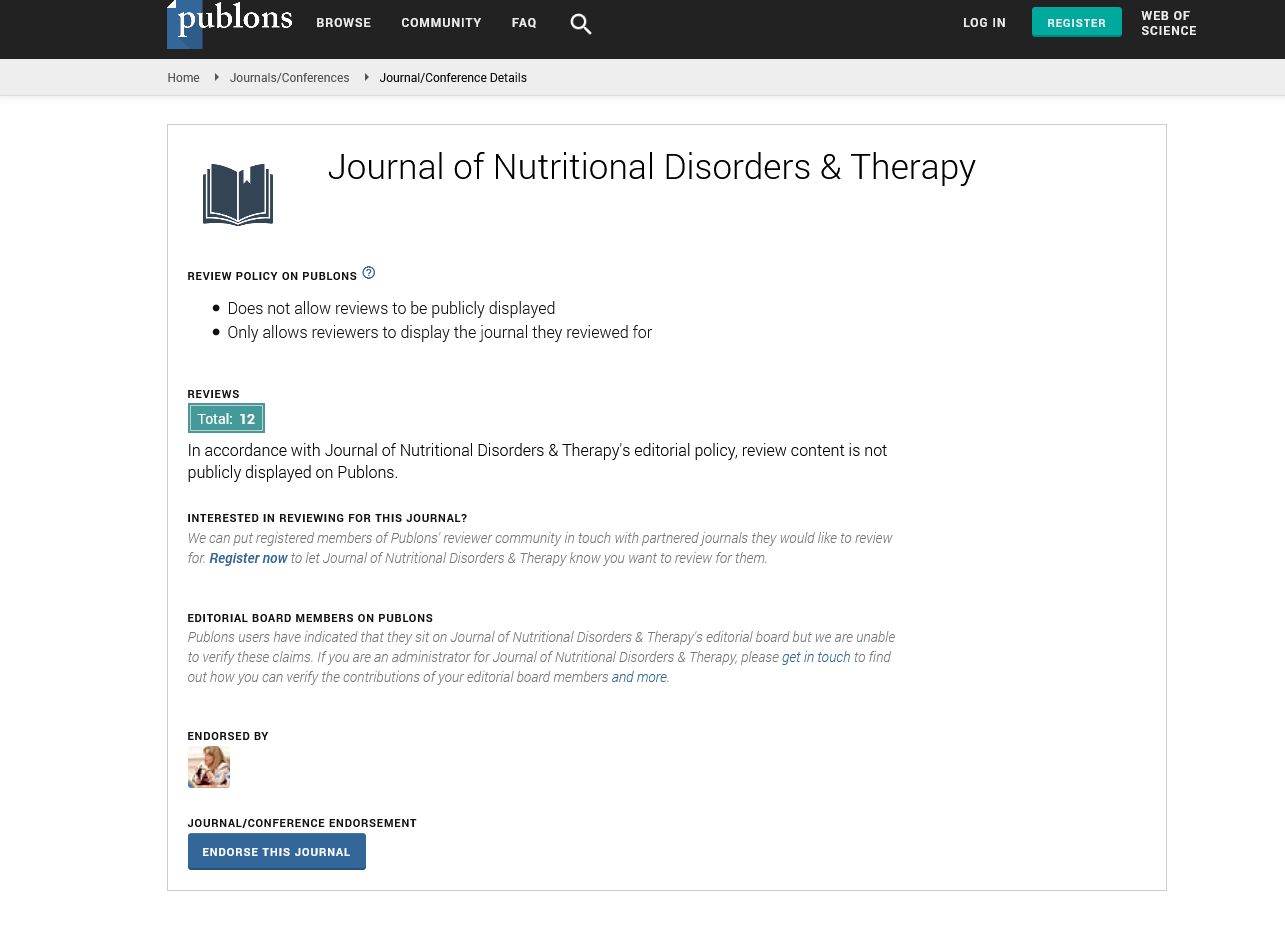Indexed In
- Open J Gate
- Genamics JournalSeek
- Academic Keys
- JournalTOCs
- Ulrich's Periodicals Directory
- RefSeek
- Hamdard University
- EBSCO A-Z
- OCLC- WorldCat
- Publons
- Geneva Foundation for Medical Education and Research
- Euro Pub
Useful Links
Share This Page
Journal Flyer

Open Access Journals
- Agri and Aquaculture
- Biochemistry
- Bioinformatics & Systems Biology
- Business & Management
- Chemistry
- Clinical Sciences
- Engineering
- Food & Nutrition
- General Science
- Genetics & Molecular Biology
- Immunology & Microbiology
- Medical Sciences
- Neuroscience & Psychology
- Nursing & Health Care
- Pharmaceutical Sciences
Risk factors and therapeutic approach to acute hyponatremia in pediatrics
Joint Event on Advances in Neonatal and Pediatric Nutrition & 14th International Congress on Advances in Natural Medicines, Nutraceuticals & Neurocognition
July 19-21, 2018 | London, UK
Sami Ayyadah Ghareeb Alshammari and Yasir Ghareeb Ibrahim Alrashdan
University of Hail, Saudi Arabia
Posters & Accepted Abstracts: J Nutr Disorders
Abstract:
Hyponatremia manifests most commonly with neurologic dysfunction and results more from the rate of change of sodium concentration. This review discusses the recent evidence concerning the pathophysiology, risk factors and treatment techniques. v and human subjects thought instant to 2017. Studies discussing the acute hyponatremia in pediatrics, management approaches. Hyponatremia is a severe adverse event that can be avoided with proper IV fluids option and cautious monitoring. Because hospitalized children are at an increase danger for hyponatremia secondary to nonosmotic stimulus that could stimulate the release of ADH, Isotonic Intravenous (IV) fluids appears to be a safer empirical option. The studies discussed demonstrate that the use of isotonic IV fluids could decrease the risk of hospital-acquired hyponatremia. There is proof to sustain that hypotonic saline solutions could trigger acute hyponatremia, which may result in severe unfavorable effects and even fatality, especially in postoperative patients. Like all drugs, there is no ideal IV fluid for all kids, so response to IV fluids therapy need to be observed closely. When hypotonic saline is utilized health care providers need to be educated on the signs and symptoms associated with acute hyponatremia.

